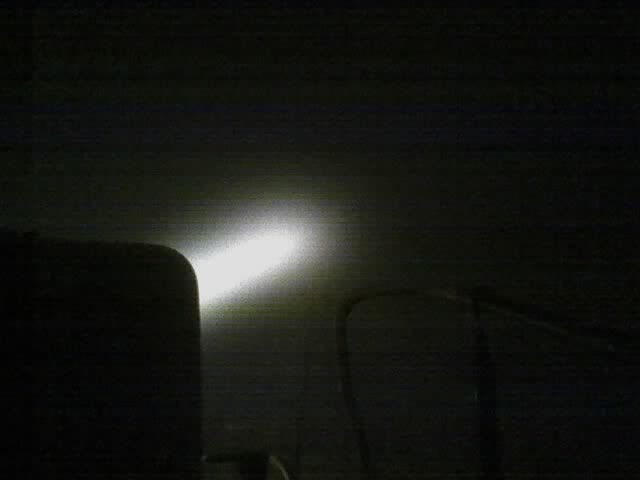With the wierd weather we've been having in Wisconsin last week, and not seeing a full answer in the forums, I have a few questions about how weather affects railroading. For example:
1. A tornado (or straight line winds) blew a UP engine and several cars off the tracks near Harvard IL. Do crew members have weather radios (or is it even allowed) in the cabs, do the dispatchers relay current weather info, or do you just have to look out the window and see what blows by? And if you see a tornado, what would you do?
2. Dense fog caused a 100 car pile-up on the inerstate in Wisconsin (and a 50 car pile up in Florida) also. Visibility was near zero. For the railroads, are speed restictions issued in dense fog? Is the engineer allowed to decide on a safe speed or do you just go the speed limit. And would there be a difference in signaled teritory vice where there are no signals.
3. A thread talked about lightning hitting a cantery wire, but what if it hit a locomotive/ car?
4. With the heavy snow in CA/ NV earlier (8ish feet in Lake Tahoe) and knowing there is a BNSF/ UP line near there, did they pull out the rotaries to clear the line (do they still even exist) or how is large amounts of snow removed?
There are probably other interesting ways the weather affects ops, but these are the ones I thought of. Thanks for any info.
1. A tornado (or straight line winds) blew a UP engine and several cars off the tracks near Harvard IL. Do crew members have weather radios (or is it even allowed) in the cabs, do the dispatchers relay current weather info, or do you just have to look out the window and see what blows by? And if you see a tornado, what would you do?
2. Dense fog caused a 100 car pile-up on the inerstate in Wisconsin (and a 50 car pile up in Florida) also. Visibility was near zero. For the railroads, are speed restictions issued in dense fog? Is the engineer allowed to decide on a safe speed or do you just go the speed limit. And would there be a difference in signaled teritory vice where there are no signals.
3. A thread talked about lightning hitting a cantery wire, but what if it hit a locomotive/ car?
4. With the heavy snow in CA/ NV earlier (8ish feet in Lake Tahoe) and knowing there is a BNSF/ UP line near there, did they pull out the rotaries to clear the line (do they still even exist) or how is large amounts of snow removed?
There are probably other interesting ways the weather affects ops, but these are the ones I thought of. Thanks for any info.
